There are two key indices to measure a country’s success, the wealth index and the happiness index.
The wealth index is often a measure of a country’s GDP (Gross Domestic Product) per capita, which represents the total output of a country’s economy divided by its population. This index gives us an idea of a country’s economic prosperity and the standard of living of its citizens.
On the other hand, the happiness index measures how happy and content the citizens are with their lives. This index is often based on self-reported surveys and takes into account factors like income, health, education and social relationships.
Now let us look at the countries topping the ranks in the two indices for the year 2024:
- The top 10 richest countries in the world by GDP per capita in 2024, as per Global Finance, are: Luxembourg, Macao SAR, Ireland, Singapore, Qatar, United Arab Emirates, Switzerland, San Marino, United States and Norway.
- The top 10 happiest countries in the world for 2024, as per World Happiness Index 2024, are Finland, Denmark, Iceland, Sweden, Israel, the Netherlands, Norway, Luxembourg, Switzerland and Australia.
The countries appearing in both the lists have a common feature by way of well-developed economies. However, only Luxembourg, Switzerland and Norway appear in both the lists.
This shows that, while there is a direct correlation between wealth and happiness, it may not be the only factor at play. Besides a high standard of living, happy nations have taken a holistic approach by prioritising their citizens’ well-being & healthcare, social security & welfare, income equality, work-life balance, education and sustainable living alongside economic growth.
What else have some of these countries and their people done to scale the heights of happiness? Let us look at individual instances of some countries that have got it right:
Finland
A foreign visitor is invited to a Finnish home for a sauna evening. As they sit in the hot sauna, the host says, “Now, let’s enjoy the silence.” The visitor, expecting conversation, is taken aback. But as they sit in comfortable silence, the visitor begins to appreciate the peacefulness of the moment and the importance of quiet contemplation.
A tourist loses his wallet in a busy Helsinki market. A passer-by finds it and returns it to the tourist, saying, “You must have dropped this.” When asked why they didn’t keep the wallet, the Finn replies, “That’s not how we do things here. We take care of each other.”
These anecdotes illustrate Finnish cultural values and character, which include:
- Domestic peace and tranquillity, emphasising a sense of calm and serenity at home.
- Cosiness, comfort, and warmth, often associated with home and family.
- Fairness, honesty and trust in all interactions.
- Simplicity and humility in behaviour, functionality in lifestyle and design.
- Community welfare and social responsibility, with a strong emphasis on equality.
- A deep appreciation for nature and the environment.
- The right to roam freely in nature, fostering a connection with the natural world.
- Sisu, a unique Finnish concept describing resilience, determination and courage in the face of adversity.
Finns prioritise these values in their daily lives, creating a unique cultural identity and national character rooted in gender equality, social welfare, work-life balance and strong bonding within the community.
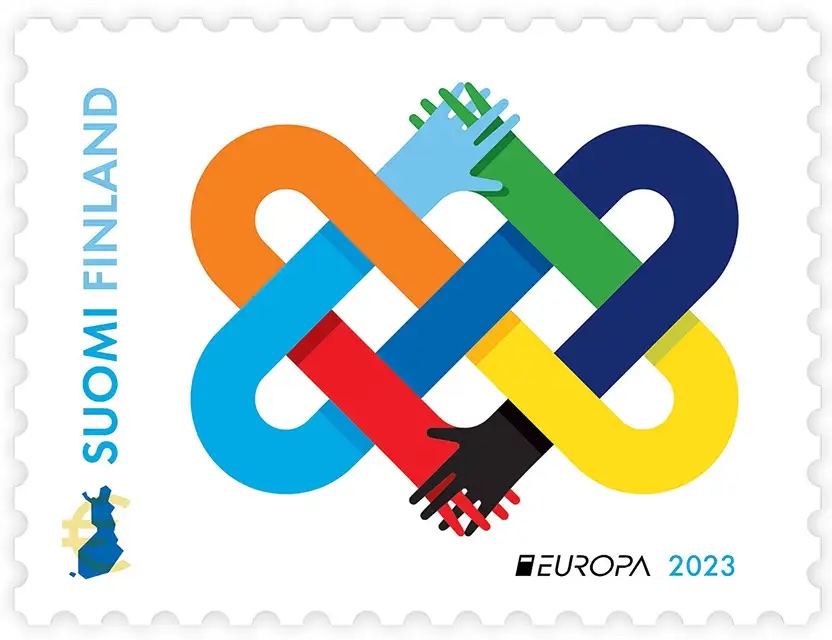
Note: Finland is a Nordic country with stunning natural beauty and a landscape characterised by vast forests, thousands of lakes, and the Arctic wilderness of Lapland. Located in Northern Europe and sharing its borders with Sweden, Norway, and Russia, the nation is known for its high standards of education, social security and healthcare, all financed by the state.
Image: Finnish postage stamp depicting the Peace knot issued in 2023 to commemorate Europa 2023. Courtesy https://bittergrounds.com/
Denmark
Imagine a cosy winter evening in Copenhagen, where friends gather in a candlelit living room, sharing warm stories and laughter over steaming cups of gløgg (mulled wine). As they snuggle under blankets, the atmosphere is filled with a sense of contentment and togetherness.
In a bustling Danish café, a stranger strikes up a conversation with a local, and they bond over a cup of coffee. As they sip coffee and indulge in pastries, the stranger feels a deep sense of belonging.
This is Denmark’s concept of “hygge” (pronounced hoo-gah), which reflects a cultural emphasis on happiness beyond wealth. Hygge is about creating an atmosphere that fosters feelings of warmth, comfort and connection. It is a mindset that encourages slowing down in life, appreciating the little things, and finding joy in everyday moments. Hard to translate directly, this Danish concept encompasses a feeling of:
- Cosiness: Warmth, comfort and relaxation, often associated with physical spaces like homes, candles and textiles.
- Contentment: Feeling satisfied, grateful and at peace with one’s life and circumstances.
- Togetherness: Social connections, community bonding and a sense of belonging.
- Simplicity: Appreciation for the small things in life, simplicity and slowing down.
- Awareness: Being fully engaged in the current moment, without worries about the past or future.
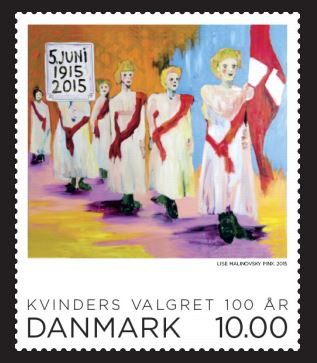
While Hygge is a unique aspect of Danish culture, its principles can be applied to anyone’s life regardless of their background or location. Remember, hygge is a mindset and a way of living. It’s about finding joy and contentment in everyday moments and creating a sense of warmth and connection with others in our lives.
Note: Denmark is a Scandinavian country of over 400 islands with picturesque landscapes full of rolling hills, pristine beaches and bustling cities. The country shares its borders with Sweden, Norway and Germany.
Image: Denmark celebrated the centenary of women’s suffrage with a postage stamp in 2015. Image courtesy: https://www.stampsoftheworld.co.uk/wiki/
Iceland
During a severe snowstorm, a farmer’s sheep were trapped in a ravine. The farmer, unable to rescue them alone, called upon his neighbours for help. Despite the harsh weather, the community came together, and soon, dozens of people were working together to rescue the sheep.
A tourist asked a local how he stayed so calm during a sudden sandstorm. The local replied, “Þetta reddast” (pronounced thet-ta re-dust and meaning “It will all work out in the end”), which embodies the Icelandic philosophy of accepting and adapting to life’s challenges.
At a traditional Icelandic buffet, a foreign guest was surprised to see the prime minister serving himself from the same buffet line as everyone else. When asked about it, the Icelander replied, “Here, we’re all equal. No one is above serving themselves.”
These anecdotes showcase Icelandic culture and values, shaped by the country’s unique history, geography and community. Some key aspects include:
- Resilience and adaptability: Icelanders have learned to thrive in a harsh, subarctic environment.
- Community and solidarity: Close-knit communities and social bonds are cherished.
- Equality and democracy: Icelanders value social justice, gender equality and participatory governance with significant role for women
- Simple, sustainable living: Icelanders prioritise simplicity & humility, directness & honesty, sustainability & environmental stewardship.
- Innovation and resourcefulness: Necessity has driven Icelanders to develop creative solutions.
- Love for nature: Icelanders have a deep respect for and spiritual connection with the land, sea and natural wonders.
- Heritage: The country’s folklore, traditions, language and Viking heritage are well preserved.
- Hospitality and warmth: Visitors are welcomed with open arms and a cup of coffee.
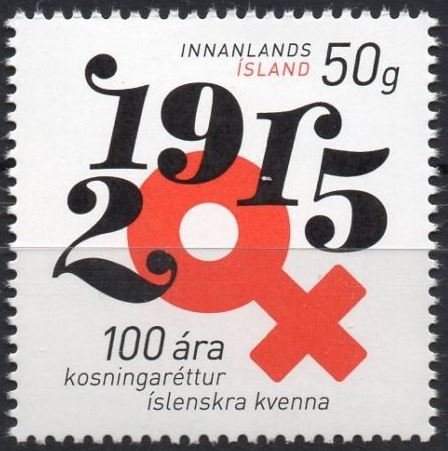
These values shape Icelandic daily life, from social interactions to environmental conservation.
Note: Iceland is another Nordic island country between the North Atlantic and Arctic Oceans, on the Mid-Atlantic Ridge between North America and Europe. It is linked culturally and politically with Europe and is the region’s most sparsely populated country. Iceland is a land of stark contrasts, where fiery volcanoes and hot springs exist together with icy glaciers and frozen tundras.
Image: Iceland too celebrated the centenary of women’s suffrage with a postage stamp in 2015. Image courtesy: https://www.stampsoftheworld.co.uk/wiki/
Sweden
In a Swedish office, colleagues gather for a coffee break (fika). One person suggests buying a fancy cake to celebrate a co-worker’s birthday. Another colleague chimes in, “No, no, let’s just have some plain cookies instead. We don’t want to make a big fuss.”
A Swedish family heads to their weekend cabin (stuga) in the woods. They spend their days hiking, fishing and enjoying nature. When asked why they don’t have a bigger, more luxurious cabin, the father replies, “We don’t need more. This is enough. We want to enjoy the simple things and not worry about too much maintenance.”
These anecdotes illustrate how lagom influences daily life in Sweden, promoting a culture of moderation, balance and contentment in all aspects of life. The Swedish concept of ‘lagom’ (‘not too little, not too much, just right’) is about embracing simplicity, sustainability and contentment.
The key principles of lagom are:
- Moderation: Avoiding extremes and finding a middle ground.
- Simplicity: Embracing a simple, uncomplicated way of living.
- Contentment: Appreciating what one has and finding joy in everyday moments.
- Balance: Striving for equilibrium in work, life and relationships.
- Sustainability: Considering the environmental and social impact of choices.
Lagom in practice:
- Consumption: Buying only what’s needed, avoiding excess.
- Work-life balance: Prioritising time for rest, relaxation and relationships.
- Relationships: Nurturing meaningful connections, avoiding pretences.
- Personal growth: Embracing self-awareness, learning and self-care.
- Experiences: Investing in memories instead of material possessions.
- Sustainable living: Making eco-friendly choices, reducing waste.
Lagom is not about:
- Deprivation: Lagom is not about sacrificing pleasure or comfort.
- Perfection: It is about finding balance, not achieving perfection.
- Comparison: Lagom focusses on individual contentment, not comparisons with others.
Lagom is a journey, not a destination. And those who can incorporate these tips in their daily life will be well on their way to embracing the concept of lagom.
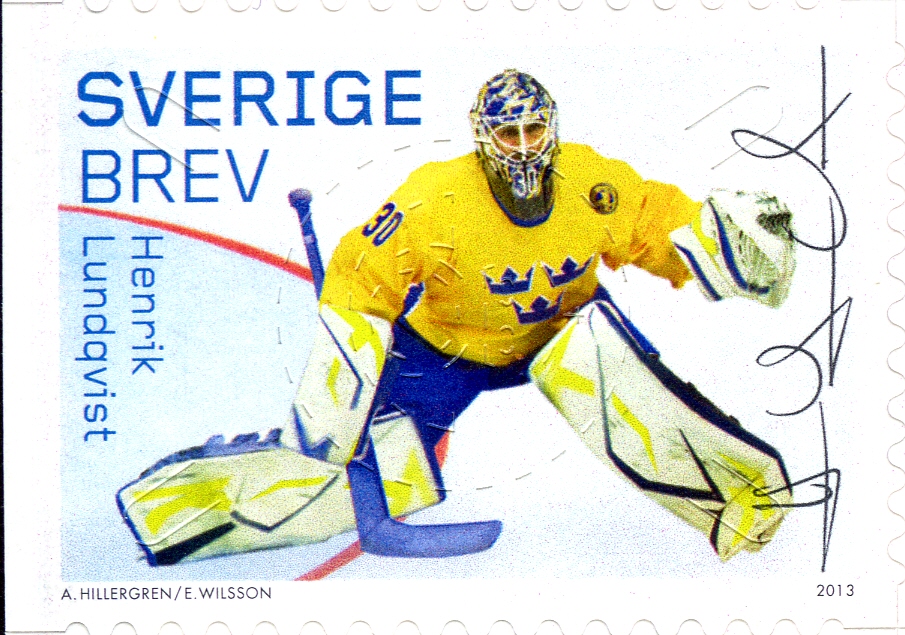
Note: Sweden is the largest Nordic country located on the Scandinavian Peninsula in Northern Europe. It borders Norway to the west and north, and Finland to the east. It is a land of stunning natural beauty with majestic lakes and forests of Lapland, diverse landscapes and cultures. Sweden’s unique blend of pragmatism and passion continues to inspire and influence the world.
Image: A Swedish postage stamp celebrates Ice Hockey World Championship in 2013. Image courtesy: https://www.stampsoftheworld.co.uk/wiki/
Costa Rica
Let’s now look at Costa Rica, which ranks high at 12th on the Happiness Index but not as high at 65th among the richest countries.
A tourist, frustrated with a delayed bus, asked a local, “Why are you so calm? We’re going to be late!” The local smiled and replied, “Pura Vida, amigo! We’ll get there when we get there. Let’s enjoy the view.”
A visitor, lost in San José, asked a passer-by for directions. The Costa Rican not only provided detailed directions but also walked the visitor to their destination, refusing any offer of payment. When asked why, they said, “Pura Vida! We help each other here. That’s just how we live.”
On a sun-kissed beach in Tamarindo, a group of friends gather to watch the sunset, sharing stories and laughter as they toast to life’s simple pleasures.
In a vibrant San José market, a local artisan beams with pride as she sells her handmade crafts, embodying the spirit of living life to the fullest.
All these instances capture the essence of “Pura Vida,” (Spanish for “Pure Life”), the Costa Rican philosophy that embodies their way of living:
- Simple: Appreciating the basics and finding joy in everyday moments.
- Authentic: Being true to oneself and living genuinely.
- Present: Focussing on the current moment and letting go of worries.
- Grateful: Appreciating the good things in life and expressing thanks.
- Mindful: Being keenly aware of one’s thoughts, emotions and surroundings.
- Content: Finding happiness in what one has.
- Connected: Building strong relationships with others and nature.
“Pura Vida” is more than just a phrase; it reflects the country’s easy-going, nature-loving and community-oriented culture that values simplicity and contentment. In Costa Rica, Pura Vida is a common expression used to greet others, show gratitude or appreciation, encourage someone to relax or take it easy, and to celebrate life’s simple pleasures.
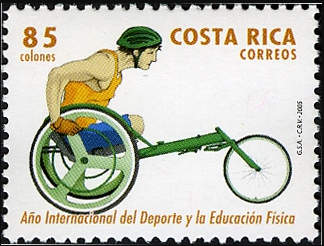
With its culture and values shaped by the concept of “Pura Vida,” Costa Rica prioritises environmental sustainability & conservation, education, healthcare and social welfare, and values its rich biodiversity and natural beauty, with a strong focus on eco-tourism and sustainable development.
Note: Located in the Central American region of North America, with two coastlines on the Pacific and the Caribbean, Costa Rica is a tropical paradise that boasts lush rainforests, exotic wildlife and beautiful beaches.
Image: A postage stamp issued by Costa Rica in 2005 celebrates the International Year for Sports and Physical Education: Courtesy https://www.stampsoftheworld.co.uk/wiki/
New Zealand
It’s heartening to see that more countries are starting to adopt similar initiatives, and there is a growing global movement towards prioritising well-being and sustainability.
New Zealand, which has consistently scored well on both the wealth and happiness indexes over the years, is another country that is attempting to redefine success and create a more balanced, equitable and sustainable society. Its Wellbeing Budget, introduced in 2019, focusses on five key areas:
- Improving mental health: Investing in mental health services, support and initiatives.
- Reducing child poverty: Addressing poverty and improving living standards for children and families.
- Boosting indigenous wellbeing: Supporting the wellbeing of Maori communities and preserving their culture.
- Supporting a thriving environment: Investing in sustainable initiatives, conservation and environment protection.
- Improving living standards: Enhancing housing affordability, education and employment opportunities.
The key features of the Wellbeing Budget are:
- Wellbeing indicators: Tracking progress through indicators like life satisfaction, mental health and environmental quality.
- Cross-agency collaboration: Ministries work together to address complex issues.
- Long-term focus: Prioritising long-term benefits over short-term gains.
- Community engagement: Involving citizens in the budgeting process and funds allocation.
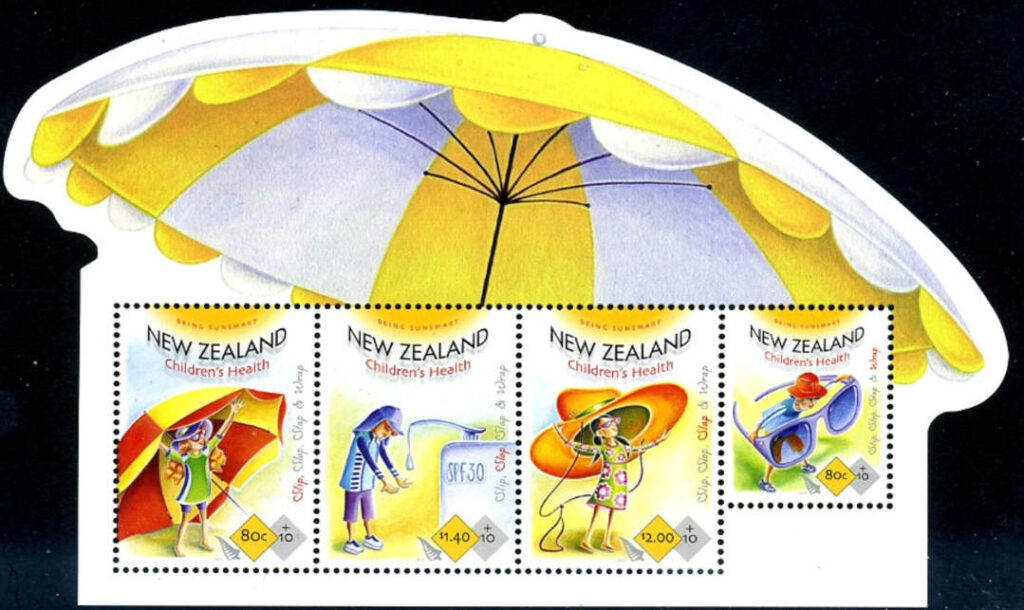
New Zealand’s Wellbeing Budget has been recognised globally as a pioneering approach to budgeting and has inspired other countries to consider a similar approach, with the recognition that economic growth alone does not guarantee citizens’ wellbeing.
A postage stamp issued by New Zealand in 2015 focusses on children’s health. Image courtesy: https://www.stampsoftheworld.co.uk/wiki/
Others
Similarly, several other countries are exploring alternative measures of success:
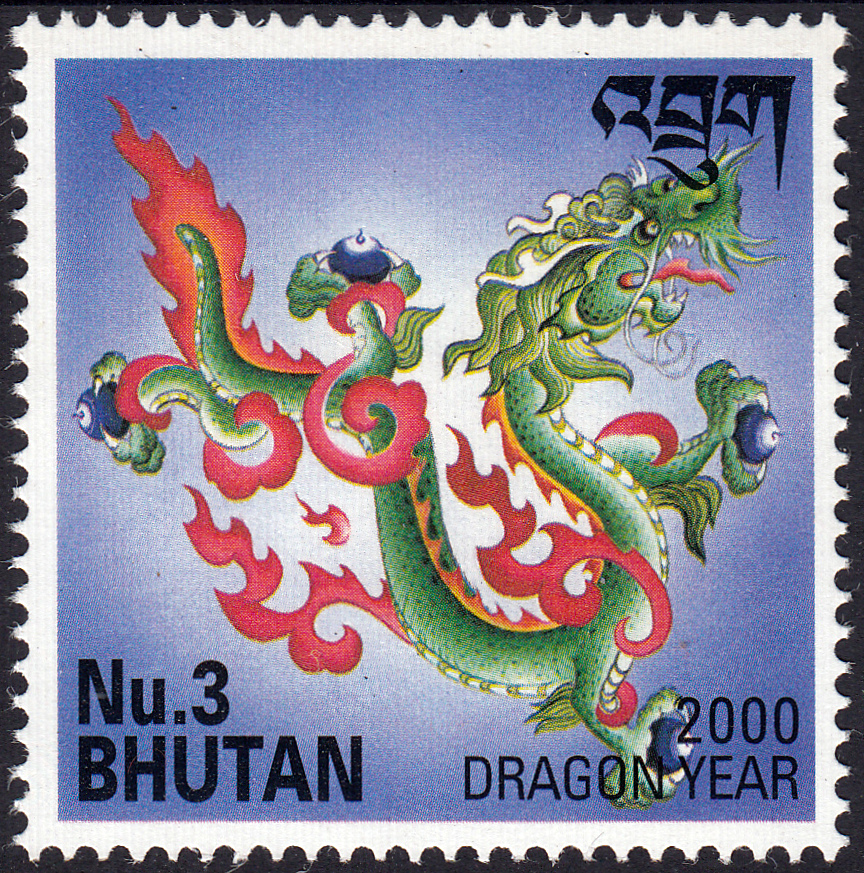
Bhutan’s Gross National Happiness index is a unique approach to measuring the country’s prosperity and development by prioritising the well-being and happiness of its citizens.
Ecuador, with its focus on Buen Vivir (Good Living), is prioritising citizen’s well-being, social justice and environmental sustainability over economic growth.
Countries like these are demonstrating a shift towards a more holistic understanding of success, where wealth is not the sole metric, by prioritising well-being, equality and sustainability alongside economic growth.
Image: A postage stamp of Bhutan celebrates 2000 as the Year of the Dragon. Courtesy: https://www.stampsoftheworld.co.uk/wiki/
Unique cultural values and ways of living
Several countries have concepts similar to Hygge, Lagom, and Pura Vida, reflecting their unique cultural values and ways of living. Here are a few examples:
- Ikigai (Japan): A philosophy that emphasises finding purpose and meaning in life. It is found at the intersection of: What one is good at. What one loves doing. What the world needs. What one can be paid for.
- Meraki (Greece): To do something with soul, with creativity, or love. It is about pouring one’s heart into something, often in a creative and artistic way.
- Wabi-Sabi (Japan): Acceptance and appreciation of imperfections and impermanence. Finding beauty in the imperfect and impermanent.
- Gusto (Italy): A passion for life, good food, good company, and good experiences. It is about living life with enthusiasm and joy.
- Sobremesa (Spain): The joy of lingering around the table after a meal, savouring conversation and company. It’s about appreciating the moment and the people one is with.
- Dolce Far Niente (Italy): The sweetness of doing nothing; embracing relaxation and leisure. It is about taking time to rest and recharge.
- Gezelligheid (Netherlands): A cosy, warm and welcoming atmosphere, similar to Hygge. It is about creating a sense of comfort and togetherness.
- Yūgen (Japan): Cultivating a profound and mysterious sense of the beauty of the world. It is about finding depth and meaning in life.
These concepts reflect the diversity of cultural values and ways of living among different countries, but they all share a common thread – a focus on mindfulness, appreciation, and contentment. And a holistic approach that recognises the importance of happiness, social connections and environmental stewardship in creating a fulfilling life.
They offer valuable insights and inspiration in adopting new perspectives and practices that enrich our lives.
By learning from their approaches, we can work towards creating a better world for all.
